There's nothing quite like hiking with your furry bestie and marveling at nature's colors. These are precious moments between you and your pup, but have you ever wondered what it looks like through their eyes? Many pet parents have asked, "Are dogs really color blind?"
There's this misconception that our canine friends are totally color blind, but they can actually see some color! Curious to learn more? Let's find out how dog vision compares to human vision and take a peek into their wonderful world.
What is Color Blindness?
Color blindness differs from person to person and dog to dog. Canines don't have the same color range as we do. They see fewer shades because they lack certain cones in their eyes. This means red and green hues just don't pop for them.
Our canine companions make up for it with better motion detection and sharper vision in low light. So, while they have a limited color palette, their other senses fill in the gaps.
For us humans, red-green color blindness and blue-yellow color blindness are the most common forms. This means affected people don't see these colors like the rest of us do. Sadly, some folks cannot see any color at all.

Are Dogs Color Blind?
Yes, dogs are technically color blind—red and green color blind, to be exact. This means they see the world in shades of blue and yellow. The reds and the greens? Well, they blend into gray. It's simply part of their genetic makeup.
Dogs have two color receptors (cones) compared to three in humans. This makes dogs' color vision a bit more limited than ours. That red apple on green grass would look like two shades of gray to them. But throw them a blue ball or a yellow frisbee, and those colors will stand out to them.
How Do a Dog's Eyes Work?
Both humans and dogs rely on specialized cells called cones to see color, but our canine pets only have two types of cones compared to our three. This limits the range of colors they can perceive, but they still manage to see the world in a unique way.
Canines have a structure in their eyes that helps them detect motion and see in low light. Their cones help them pick up shades from light blue to dark blue and from light yellow to dark yellow. Let's talk further about the parts responsible for color perception.
Retina
The retina is a thin layer at the back of the eyeball, and it's packed with light-sensitive cells called rods and cones. These cells help process and detect light levels and send the info straight to the brain via the optic nerve. The result? Your pup sees the world around them!
Think of their eyes like a ball. The front is what catches your attention—the pupils—but the magic happens at the back, where the retina lives.

Rods
The rods in a dog's eyes are special light receptors that make it easier for them to see in low light and detect movement. They're like your dog's built-in night vision.
Thanks to the rods, your dog can spot a rat darting across the yard in the middle of the night. While you might need a flashlight to see at night, your pup's rods help them spot even the smallest movements in dim light.
Cones
While rods help with low-light vision, cones are all about processing bright light and giving your dog their sense of color and detail. They are another type of receptor in a dog's retina.
As mentioned, humans have three cone types, making us trichromatic. Dogs, however, are dichromatic, with only two types of cones, so their color vision is a bit more limited. But hey, they still manage to make their world colorful in their own way.
What Colors Can Dogs See?
Dogs can spot shades of yellow and blue. Instead of a rainbow, their color world is more like a mix of gray, yellow, and blue.
Your pup will never see red, green, or orange, so those Christmas decorations you put up? They'll likely appear mostly black and white. But don't worry; they'll catch the yellow and blue of the lights, making it their own little festive marvel.
For dogs, this color blindness is not a disadvantage. They compensate with super senses like smell and hearing, helping them detect and enjoy the world around them in their own special way.
What Color is a Dog Most Attracted To?
If you want to grab your pup's attention, go for blue-violet and yellow. No color excites a dog more than these shades. Ever notice how pumped your pet gets when playing with a yellow or blue toy? It's not just coincidence; they're seeing these colors clearly!

When picking out toys or accessories, aim for those in yellow and blue. Got a new dog at home? Make it feel right at home with a cozy blue bed. Thanks to tons of research, we now know that our furry friends love these colors, making them the perfect choice for playtime or relaxation.
Can Dogs See in the Dark?
The answer is a big YES! In fact, dogs can see better in low light than we can. They have more rods in their eyes, which helps them pick up light in dim conditions.
Humans might need night vision goggles to see at night, but dogs have a built-in cheat code. They have an extra reflector in their eyes called the tapetum lucidum. This helps them process dim light and see more clearly when it's dark. Ever notice your dog's eyes glowing in the dark? That's the tapetum lucidum working its magic!
Are There Things You Can Do To Help a Color Blind Dog?
Of course, there are! But first, don't stress! Dogs' vision is part of their genetic makeup, so there's no way to change it. Instead, focus on ways to make your pup's life more comfortable.
Dogs can experience discomfort, especially with eye irritations. If your pet's dealing with some aches or discomfort, CBD products might help. Premium CBD oil for dogs can help soothe your pooch without making them feel "out of it." If your dog is struggling with nervousness or slowing down during playtime, check out HolistaPet's CBD products for a little extra love
- CBD Calming Chews for Dogs. These all-natural CBD soft chews help alleviate a dog struggling with nervousness.
- CBD Mobility Chews for Dogs. This organic treat promotes joint support and movement and is soft to chew. Our CBD mobility chews are perfect for older dogs!
- CBD Treats. HolistaPet offers three types of treats to support different systems in a dog's body. These are treats for heart and immune care, joint and mobility, and bad behavior habits.
- CBD Shampoo. Help your dog stay fresh and clean while maintaining a healthy coat with CBD shampoo.
- CBD Oil. A more direct approach to CBD ingestion to promote wellness for your dog. Simply add a few drops to their food, water, or favorite chew toy.
They all sound amazing, right? Head on over to Holistapet to find a CBD product that is best for your canine friend!
Final Thoughts - Are Dogs Color Blind?
Next time you're out on a walk with your dog, take a moment to think about how they see the world. Our canine buddies aren't completely color blind. They can see shades of yellow, blue, black, and white, but that's about it.
So, why not make their world a little more exciting? On your next hike, look for a garden full of yellow and blue flowers. Your pup will definitely appreciate the view, even if it's a bit different from yours.


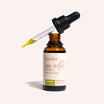
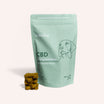
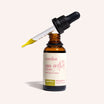
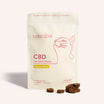
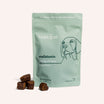
![Probiotics For Dogs [Soft Chews] - HolistaPet](http://www.holistapet.com/cdn/shop/files/Probiotic-Infographic-1_472d7a29-e30c-435a-9638-1365d8c3a9f9.jpg?v=1725384841&width=104)
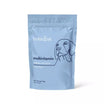
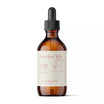
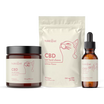
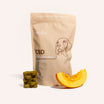
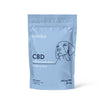
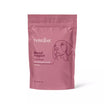
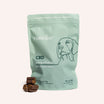
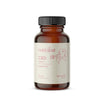
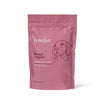
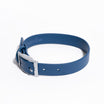

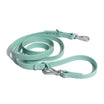


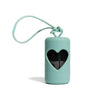




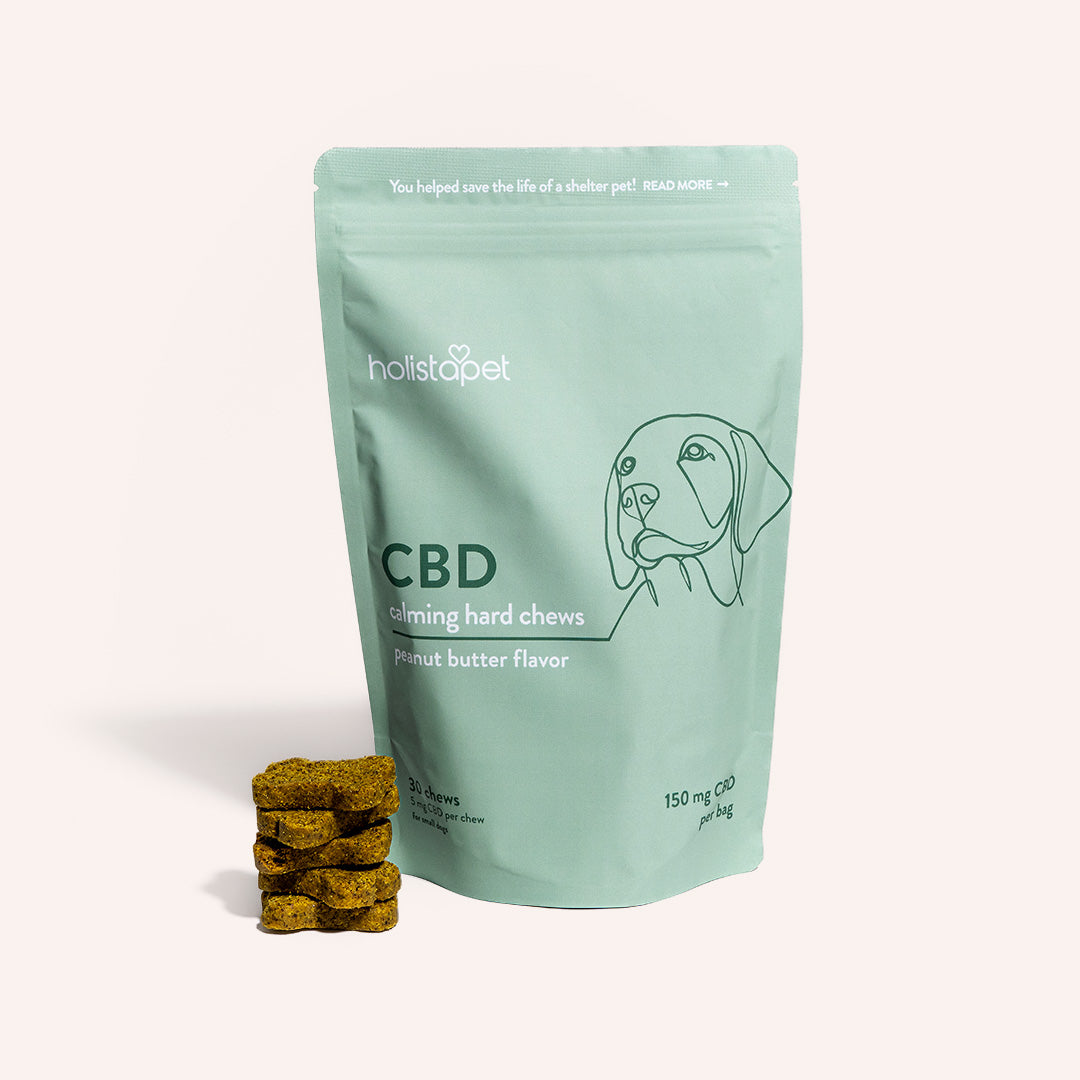
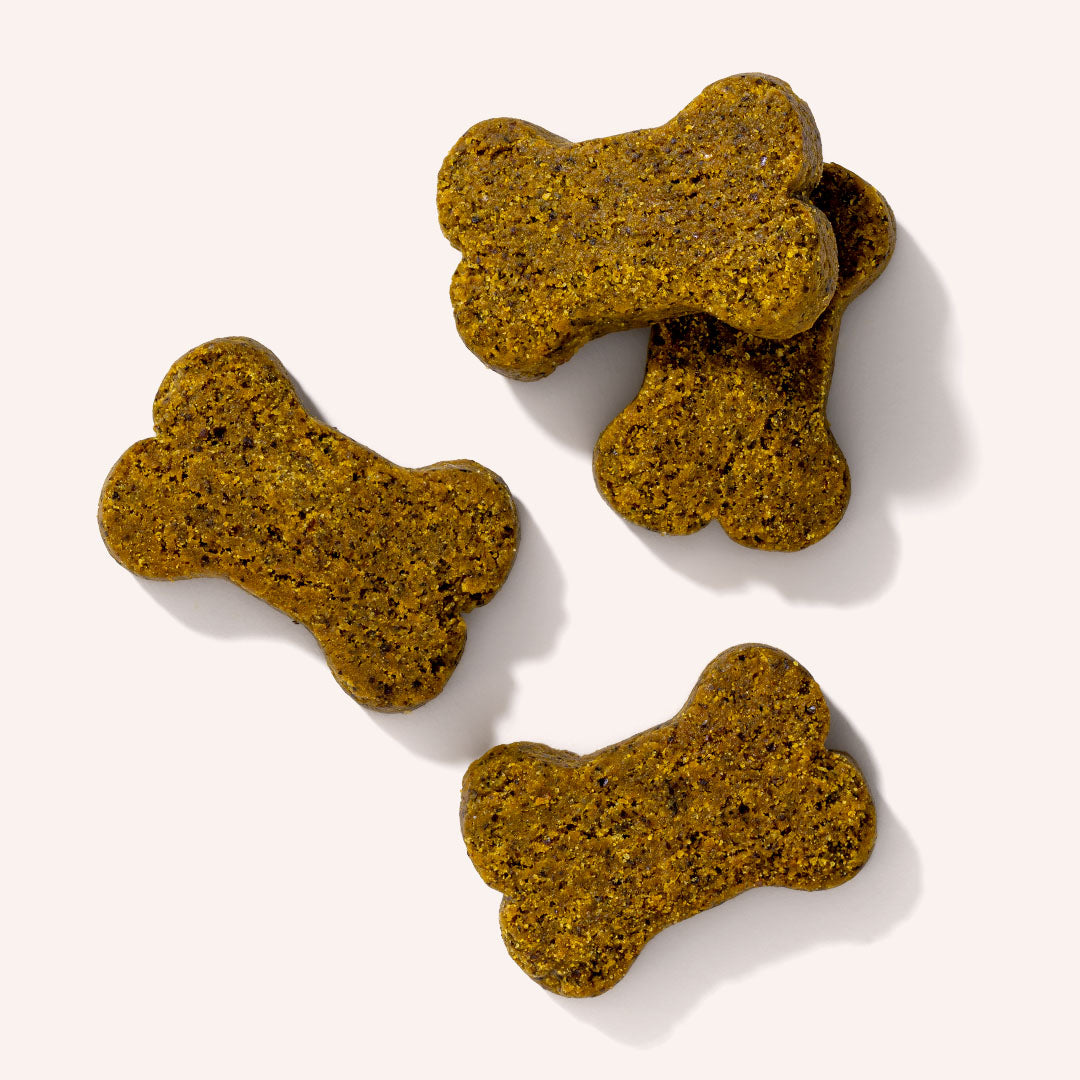
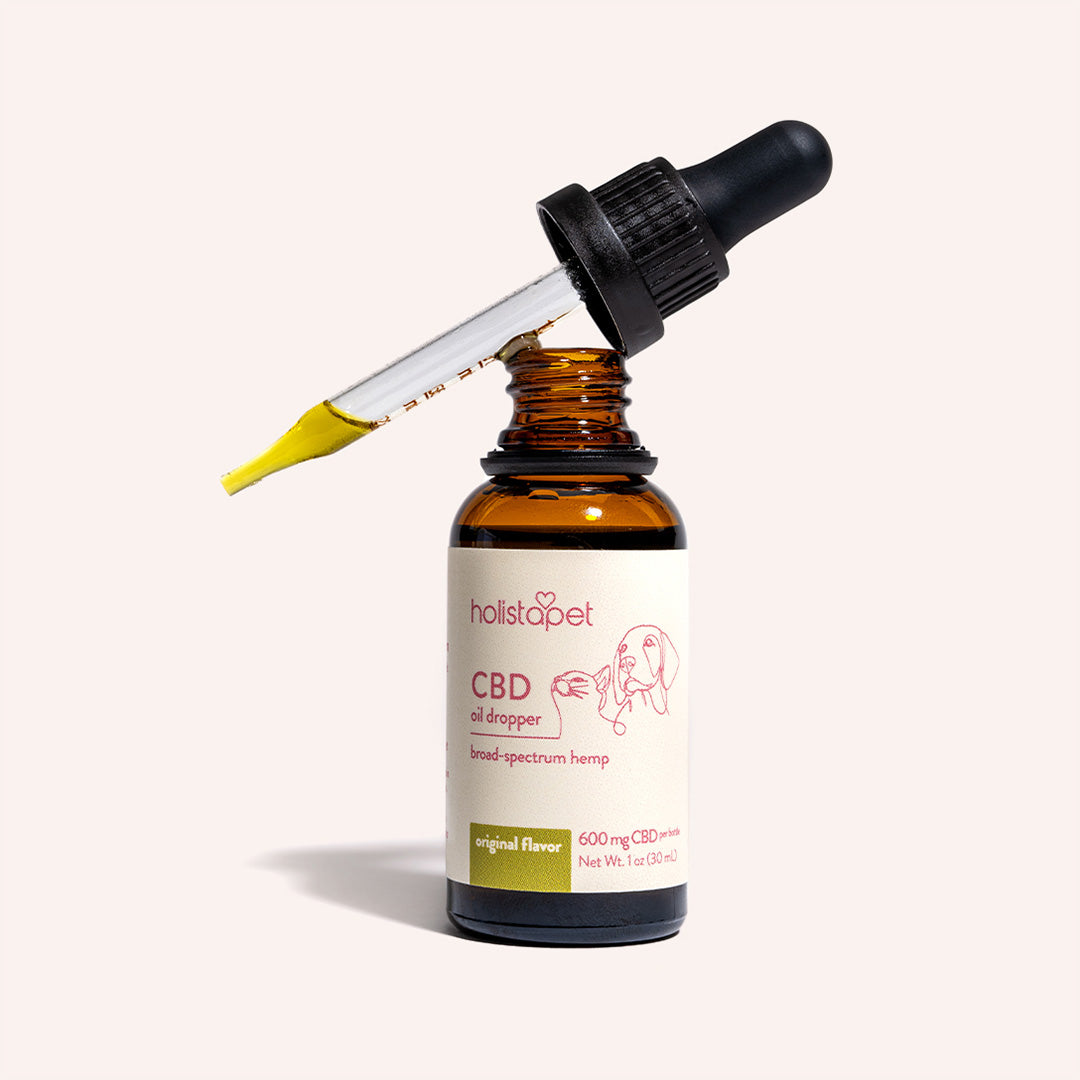
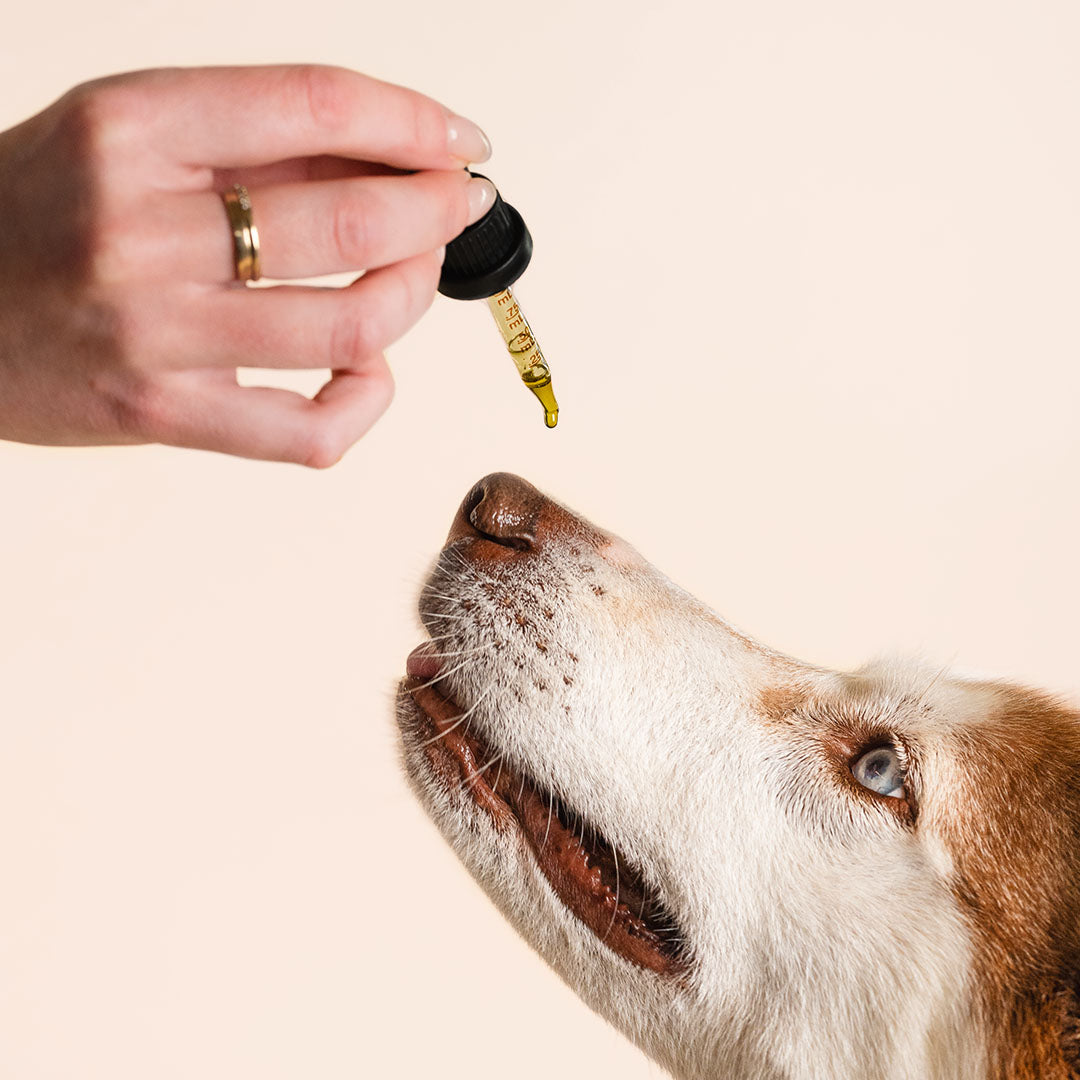
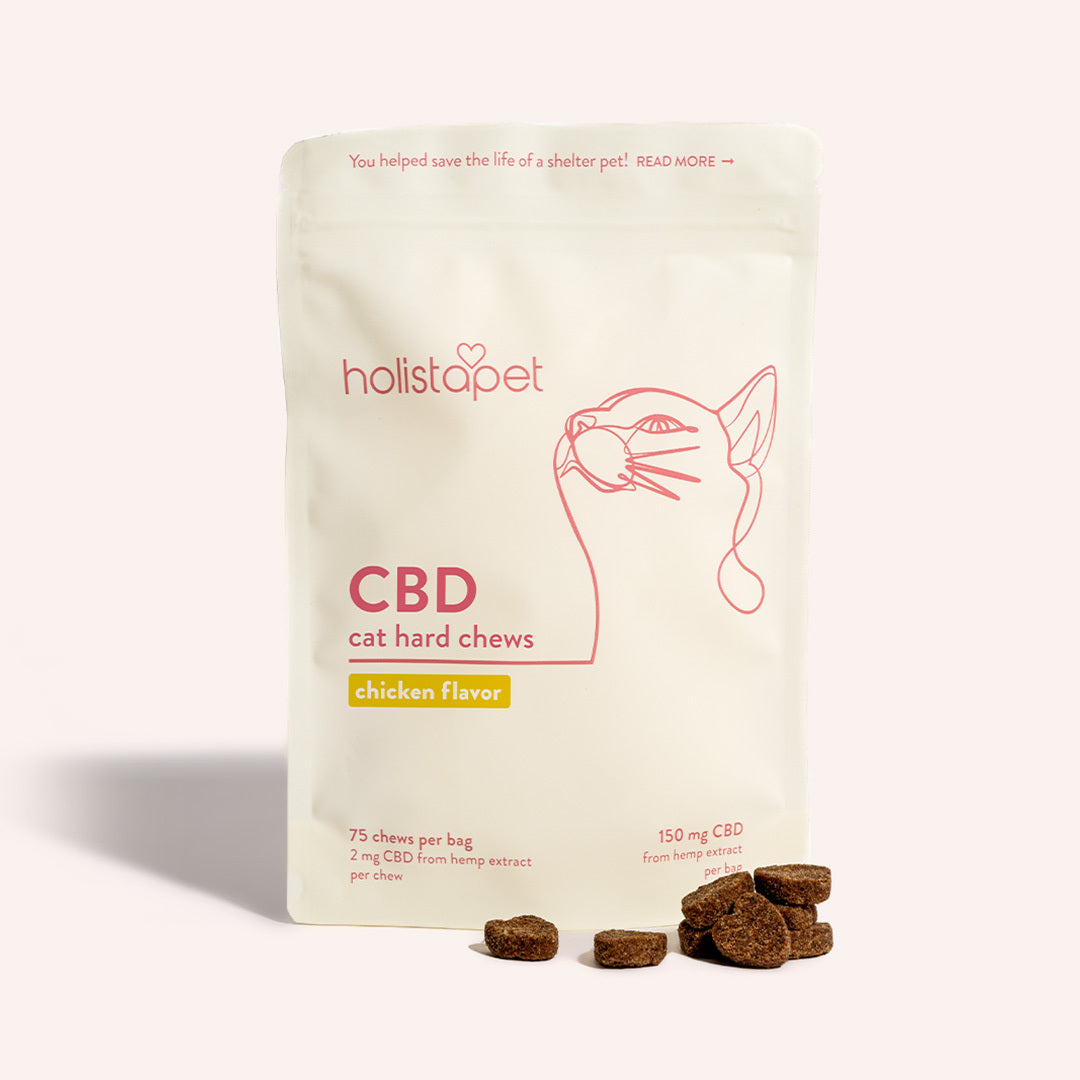
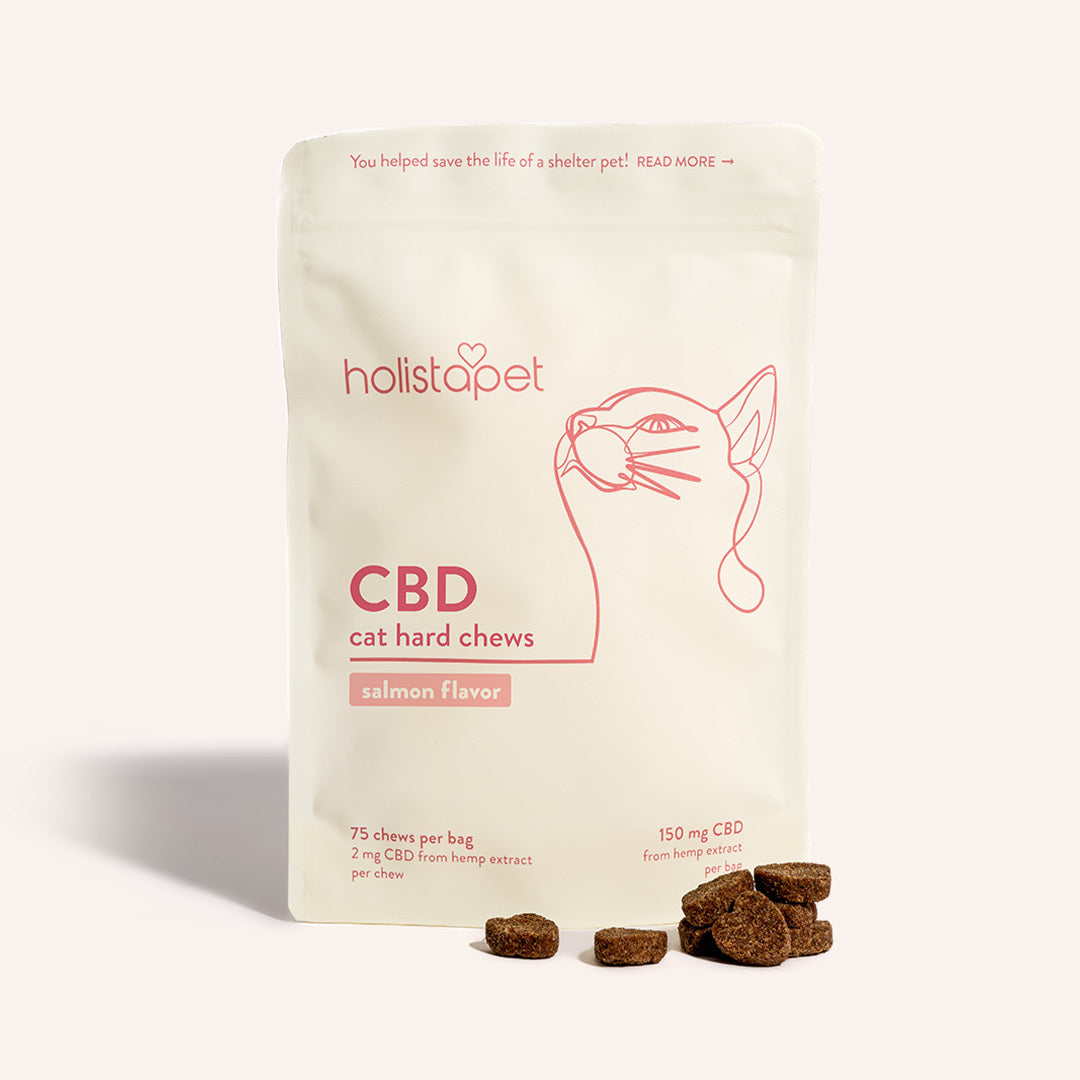
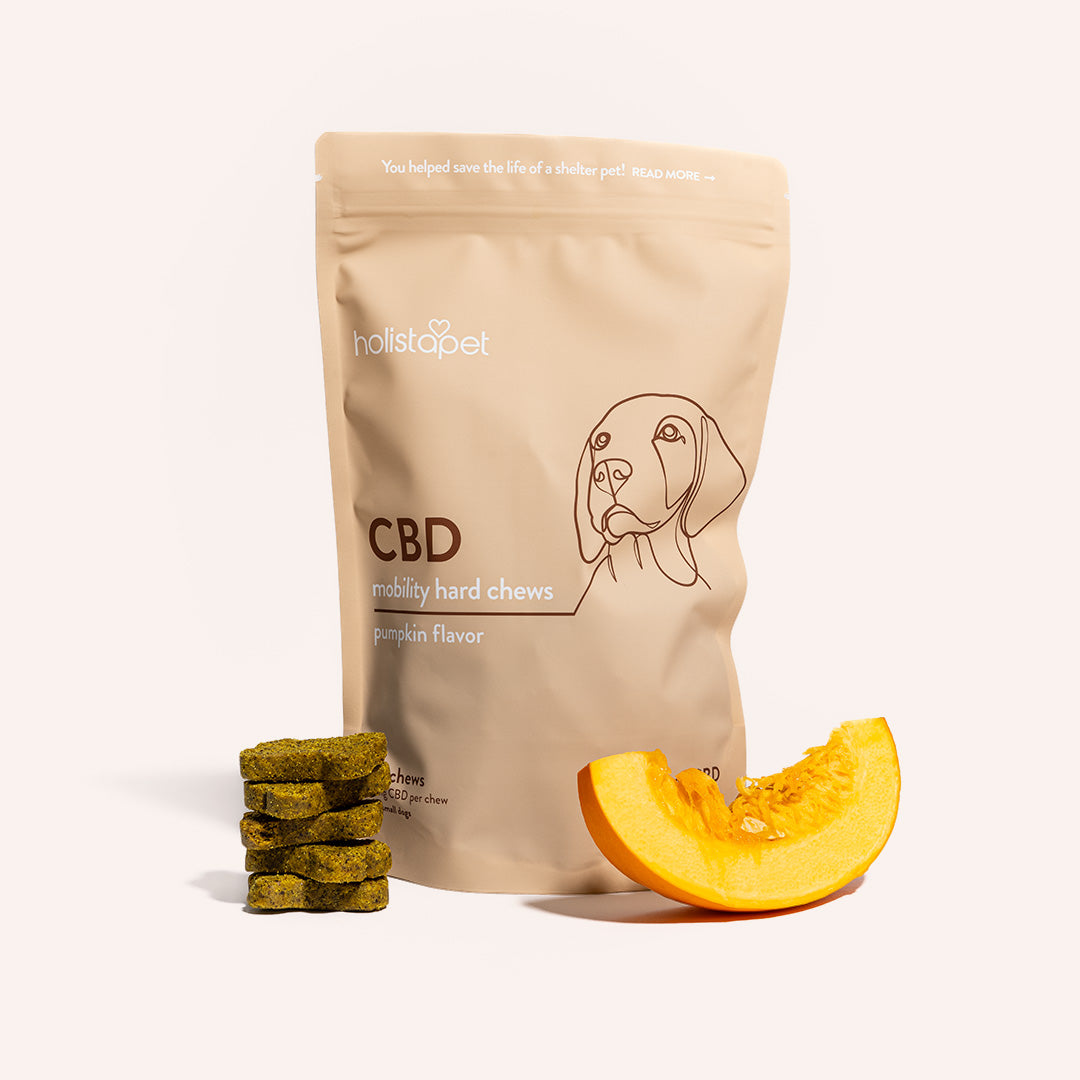
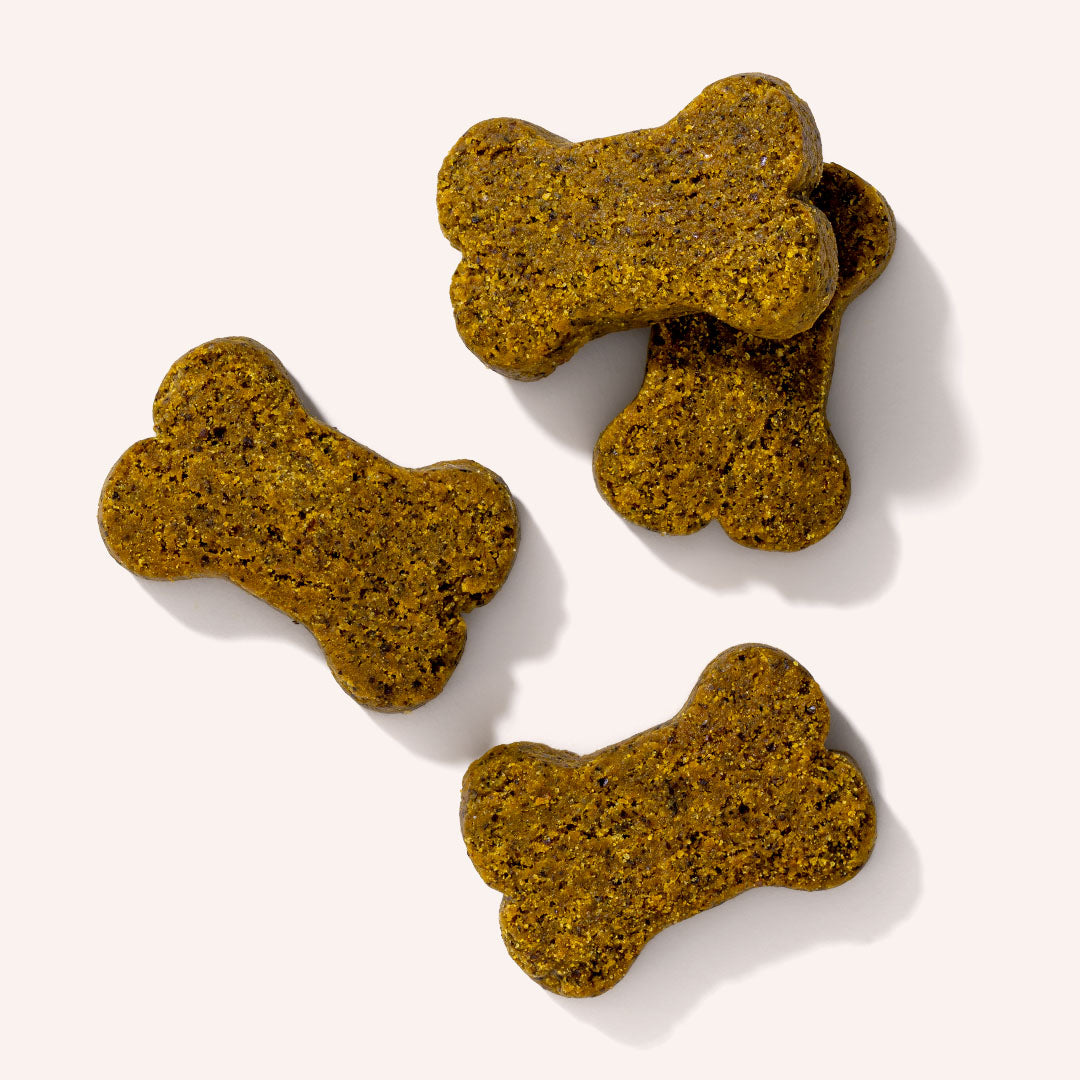

Leave a comment
All comments are moderated before being published.
This site is protected by hCaptcha and the hCaptcha Privacy Policy and Terms of Service apply.